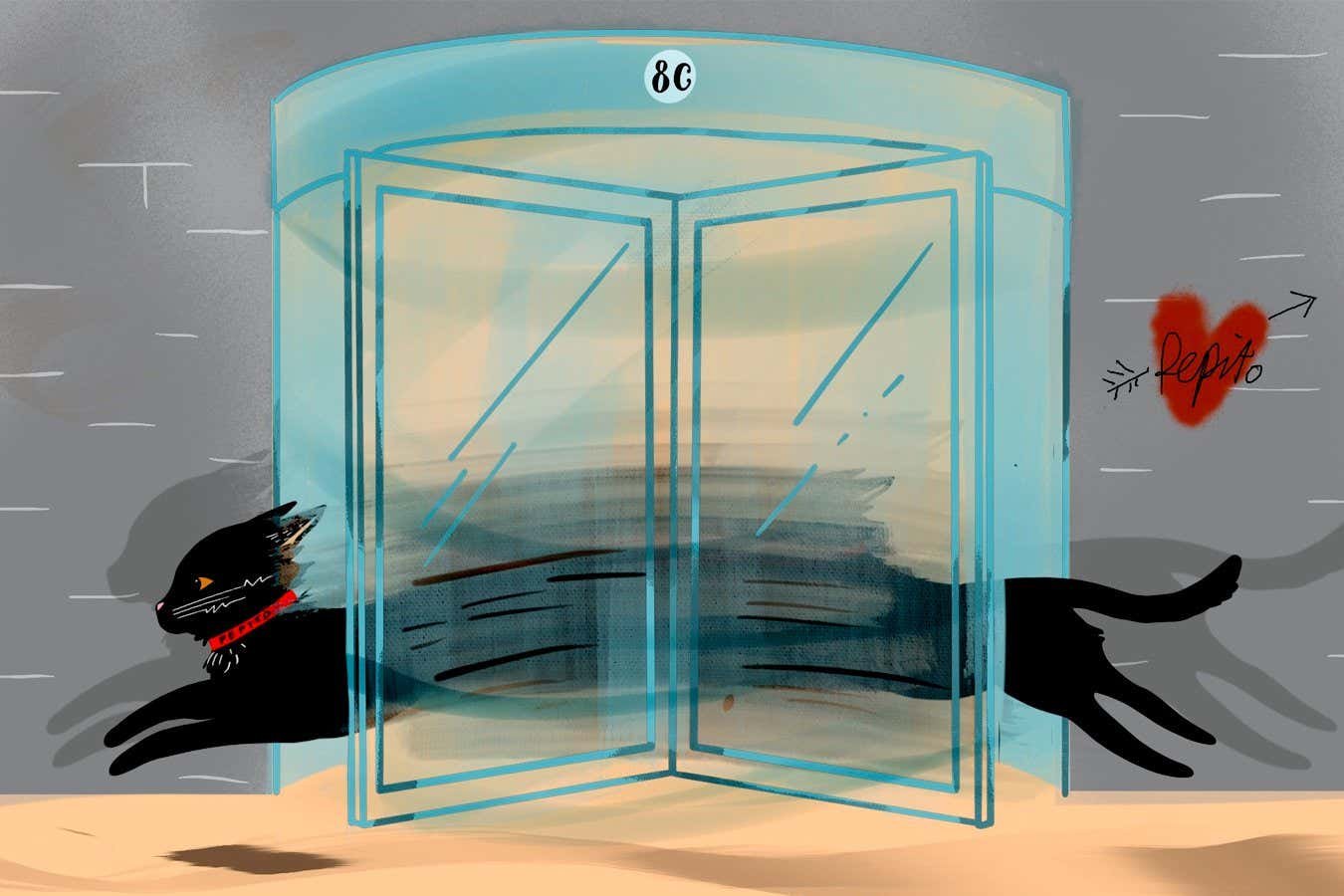
A newly published study challenges long-held assumptions about the origins of urban civilization in ancient Mesopotamia, suggesting that the rise of Sumer was driven by the dynamic interplay of rivers, tides, and sediments at the head of the Persian Gulf.
Published today in PLOS One, the study titled “Morphodynamic Foundations of Sumer” was led by Liviu Giosan, Senior Scientist Emeritus in Geology & Geophysics at the Woods Hole Oceanographic Institution (WHOI), and Reed Goodman, Assistant Professor of Environmental Social Science at Baruch Institute of Social Ecology and Forest Science (BICEFS), Clemson University.
The research introduces a novel paleoenvironmental model in which tidal dynamics influenced the earliest development of agriculture and sociopolitical complexity in Sumer. Results are a contribution to the long-running Lagash Archaeological Project, a collaboration led by Iraqi archaeologists and the Penn Museum at the University of Pennsylvania.
“Our results show that Sumer was literally and culturally built on the rhythms of water,” said Giosan. “The cyclical patterns of tides together with delta morphodynamics—how the form or shape of a landscape changes over time due to dynamic processes—were deeply woven into the myths, innovations, and daily lives of the Sumerians.”

Sumer was an ancient civilization located in southern Mesopotamia, in what is now modern-day Iraq. It is often considered the cradle of civilization due to its numerous innovations, including the invention of writing, the wheel, and organized intensive agriculture. Sumerian society was structured into city-states like Ur, Uruk, and Lagash, each with its own ruler and religious institutions.
The study shows that from about 7,000 to 5,000 years ago, the Persian Gulf extended farther inland, and tides pushed fresh water twice daily into the lower reaches of the Tigris and Euphrates. The scholars propose that the early communities must have harnessed this dependable hydrology, using short canals to irrigate crops and date groves, enabling high-yield agriculture without the need for large-scale infrastructure.
As rivers built deltas at the head of the Gulf, tidal access to the interior was cut off. The resulting loss of tides likely triggered an ecological and economic crisis—one that required an ambitious societal response. The extensive works for irrigation and flood protection that followed ultimately came to define the golden age of Sumer.
“We often picture ancient landscapes as static,” says Goodman. “But the Mesopotamian delta was anything but. Its restless, shifting land demanded ingenuity and cooperation, sparking some of history’s first intensive farming and pioneering bold social experiments.”

Beyond the environmental drivers, the study also explores the cultural impacts of this watery foundation, connecting the flood myths of Mesopotamia and the water-centered Sumerian pantheon.
“The radical conclusions of this study are clear in what we’re finding at Lagash,” adds Holly Pittman, Director of the Penn Museum’s Lagash Archaeological Project. “Rapid environmental change fostered inequality, political consolidation, and the ideologies of the world’s first urban society.”
Using ancient environmental and landscape data, new samples from the archaeological site of ancient Lagash, and detailed satellite maps, the authors were able to recreate what the coast of Sumer looked like long ago and imagine how its inhabitants responded to its shape-shifting nature.
“Our work highlights both the opportunities and perils of social reinvention in the face of severe environmental crisis,” concluded Giosan. “Beyond this modern lesson, it is always surprising to find real history hidden in myth—and truly interdisciplinary research like ours can help uncover it.”
More information:
Liviu Giosan et al, Morphodynamic Foundations of Sumer, PLOS One (2025). DOI: 10.1371/journal.pone.0329084
Provided by
Woods Hole Oceanographic Institution
Citation:
Urban civilization rose on the back of tides in Southern Mesopotamia (2025, August 20)
retrieved 20 August 2025
from https://phys.org/news/2025-08-urban-civilization-rose-tides-southern.html
This document is subject to copyright. Apart from any fair dealing for the purpose of private study or research, no
part may be reproduced without the written permission. The content is provided for information purposes only.




